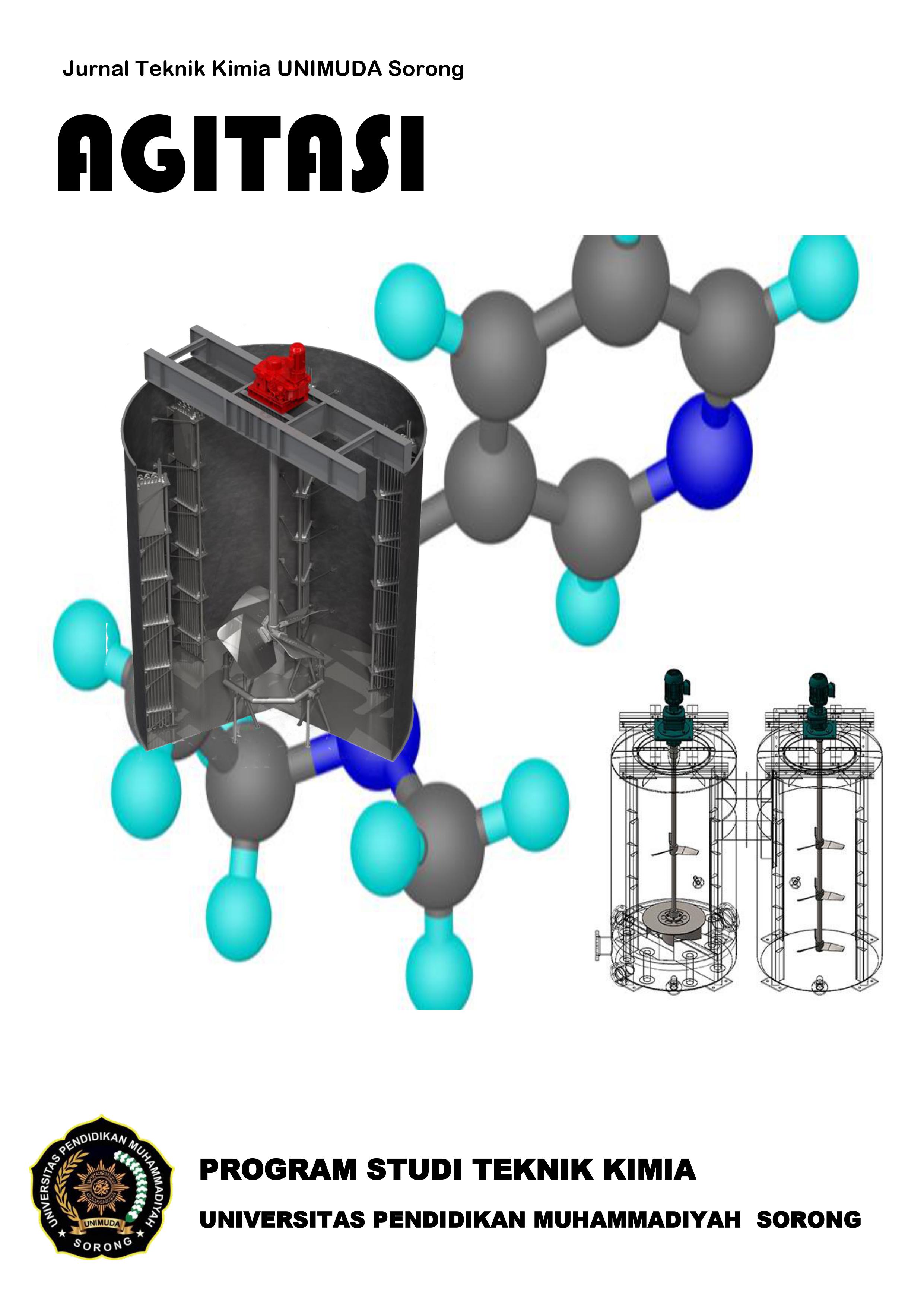Studi Awal: Analisis Biji Buah Bintangur (Calophyllum Inophyllum) Papua Barat Daya Sebagai Biodiesel Menggunakan Katalis Naoh
DOI:
https://doi.org/10.36232/jurnalagitasi.v5i1.3622Keywords:
bintangur, biodiesel, misool, Tanjung, transesterifikasi.Abstract
The high use of fossil fuels to the point of a spike, is a sign that fuel is needed by the community. Currently, alternative energy in the form of biodiesel has been developed as one solution to this problem. Biodiesel is a substitute for diesel fuel made from renewable sources such as vegetable oils or animal fats through a transesterification process, so that the fuel becomes more environmentally friendly. In this study, seeds from bintangur fruit (Calophyllum inoopyhllum) were used as biodiesel feedstock by going through a degumming process for oil separation and impurities, esterification to reduce free fatty acid (FFA) levels, transesterification to make biodiesel, and analysis of characteristics in the form of density, viscosity, FFA (free fatty acid) levels, and water content. Based on the results obtained, transesterification results 1 on Bintang Tanjung for density of 1.0898 gr/cm3, viscosity 0.575 mm2/s, moisture content 5.412%, and transesterification results 1 on Bintang Misool for density of 1.033 gr/cm3, viscosity 0.6381 mm2/s, moisture content 4.473%. And the results of transesterification 2 at Bintang Tanjung for density of 0.8837 gr/cm3, viscosity 8.99 mm2/s, FFA content 3.63%, moisture content 0.26%, and transesterification 2 results in Bintang Misool for density of 0.8416 gr/cm3, viscosity 8.99 mm2/s, FFA content 7%, moisture content 8.79%. Thus, it can be concluded that neither Tanjung star nor Misool can be used as biodiesel.


